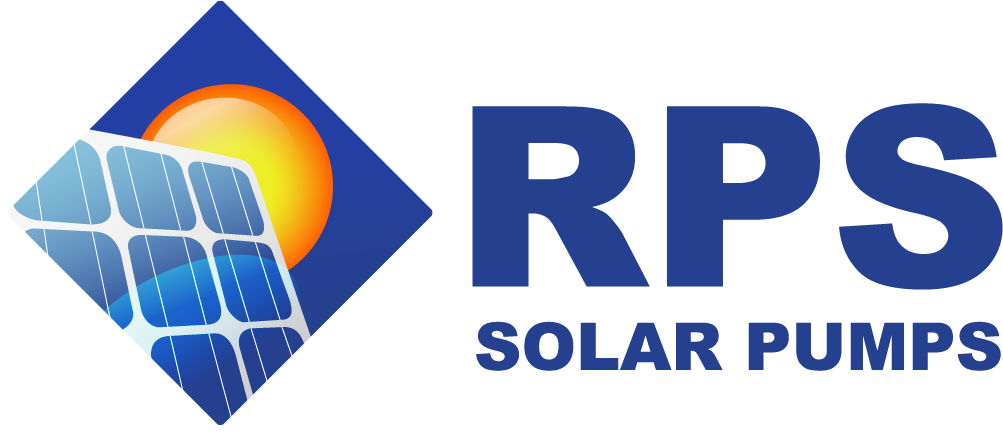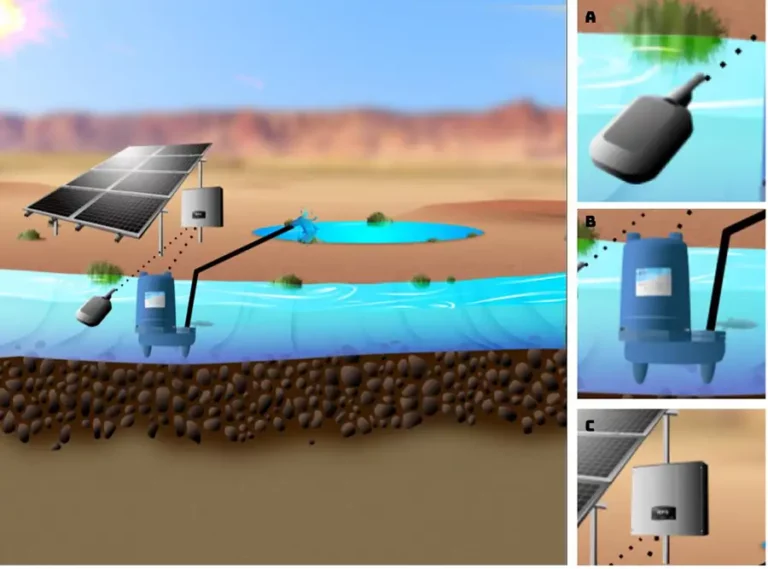How Many Hours A Day Should A Pond Aerator Run?
The world of pond aeration can at first glance feel quite simple. Maybe you have an issue with algae growth, or have experienced fish kills in your pond in the past, and so you’ve been told to “buy an aerator” to add oxygen back into the system. But which type? How many diffusers? What about depths and pond acreage? Most commonly, how long should this thing be running? Since we sell a product unique to the market, let’s chat through some of the rationale behind the only correct answer, it depends.
In general folks run their AC aerators 24/7, in order to reduce cycling of the air compressor motor and the resultant reduction in pump life span. That’s with the caveat that the air compressor has been appropriately sized for the pond, though, since there’s the potential that an aerator can either be under or oversized. Undersized aerators don’t add enough oxygen into the pond, and oversized aerators can mix up thermoclines in the pond to too large a degree, resulting in not enough cool spots for fish to hang out in in the heat of summer.
Our aerators have the added complication of being solar powered, though we see that as a huge benefit. There’s no need to run power down to your pond, there’s no need to install a meter or have to deal with increasingly crazy power bills. BUT, solar pumps don’t run 24/7, that’s just not something available with solar aerators (though batteries have the ability to increase pumping times in certain scenarios, AND allow for night-time pumping with the addition of a timer). Our aerators are sized with the assumption that you’ll be looking at 6 hours of aerator pumping on an average day, with 10+ hours of aerator pumping in summer days. There also may be a couple incredibly dark and overcast days in the year where the pump just might not get the required amount of sunlight to run. Those factors were all considered when we made the following handy chart:
As a general rule, our smallest AIR200 (with the above aforementioned run times) is best suited for sizes up to a ¼ acre pond under 2 feet. Our mid size model, the AIR400, can handle up to a ½ acre with an average depth of 2-5 feet. And then from there we recommend our AIR800, with multiple acres requiring multiple AIR800 systems. We’ve developed these sizings based on knowledge about the air flow rate of our motors and the resultant average pond turnover rates, all more technical information that is easily discussed with one of our engineers over the phone!
The most obvious followup questions that then come up have to do with some general maintenance/installation guidelines, as well as how to prevent over and under aeration. While the above guide is a useful start, discussing your needs with one of our specialists could involve them asking questions about your current pond health, whether you’re worried about mixing thermoclines, whether you want to aerate at night and more. Obviously we wouldn’t want to recommend a larger system for a small, shallow pond, but beyond that there might be some cases where the aerator should be installed off-center so that the coldest region of the pond is relatively untouched. In these cases you can consider using a fountain instead to oxygenate and agitate the top layer of that pond region. A lot of customers will end up purchasing an aerator and fountain together for both the combined utility and the addition of an aesthetic dimension that adds beauty to the landscape.
Some other general tips we recommend with aerators include starting slow. Our universal controller systems have the benefit of coming with a power dial that you can set on a lower setting at first. This has two benefits: one is making sure that there is no excess agitation of pond muck at the beginning of the install, which can end up making your problems worse in the short-term. The other benefit is that there’s no chance of over-oxygenating in this way, rather every couple days depending on how the pond looks you can gradually increase the power of the aerator, until you start to see noticeable changes in overall health. Some folks also find that installing the aerator stone on top of a cinder block or other platform prevents excess suspension of pond muck.
If you have more questions about ponds, aerators, and the like, we are easily available over the phone at 888-637-4493 or through email at [email protected]! Our technicians love all things solar, and are sure to listen well to any and all concerns about correct sizing, particular goals or worries about specific climatic conditions. Because we don’t make commission, we’re primarily concerned with getting you a system that works for your needs, on your budget. We look forward to hearing from you soon, but until then have a great day!


